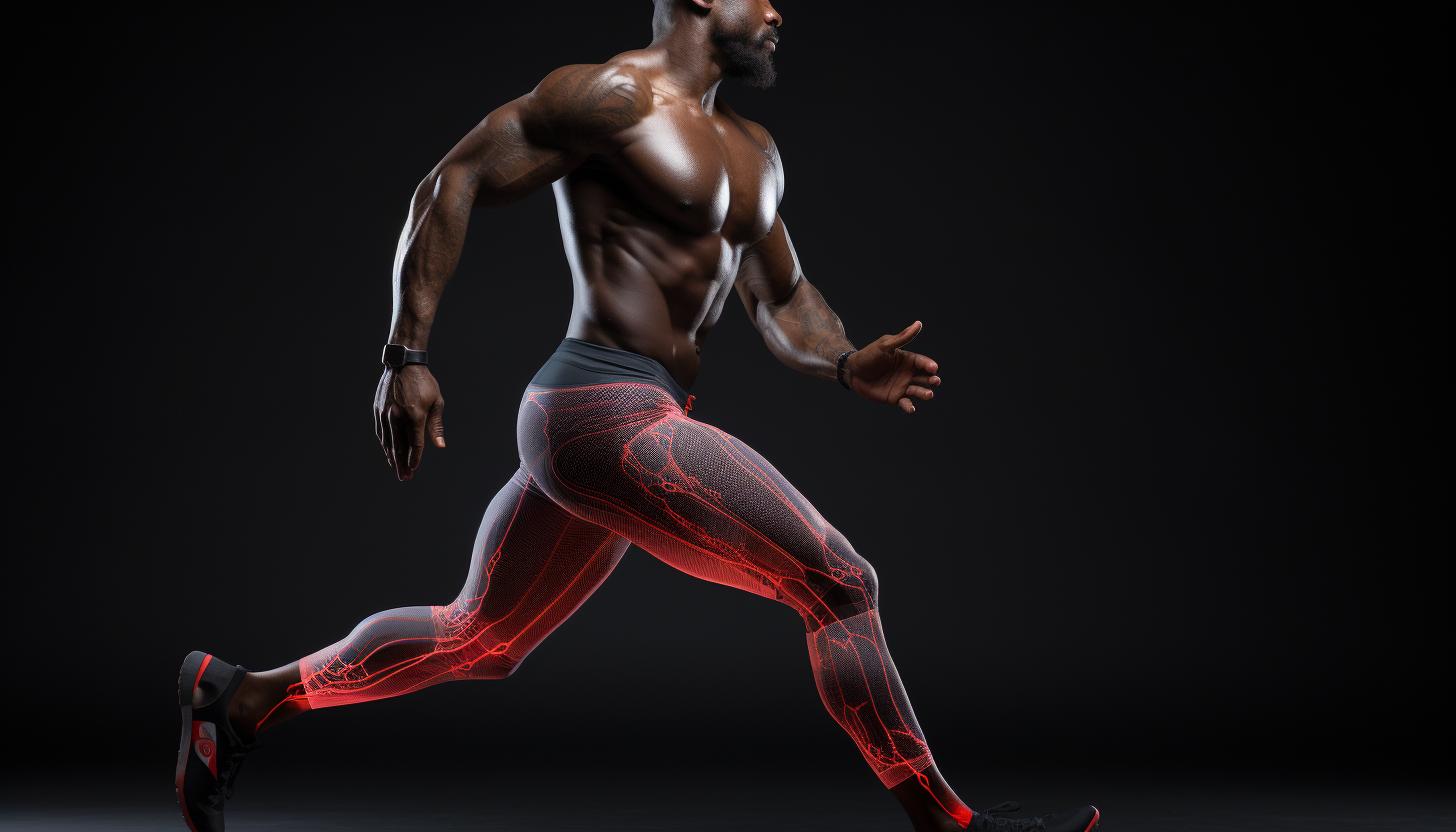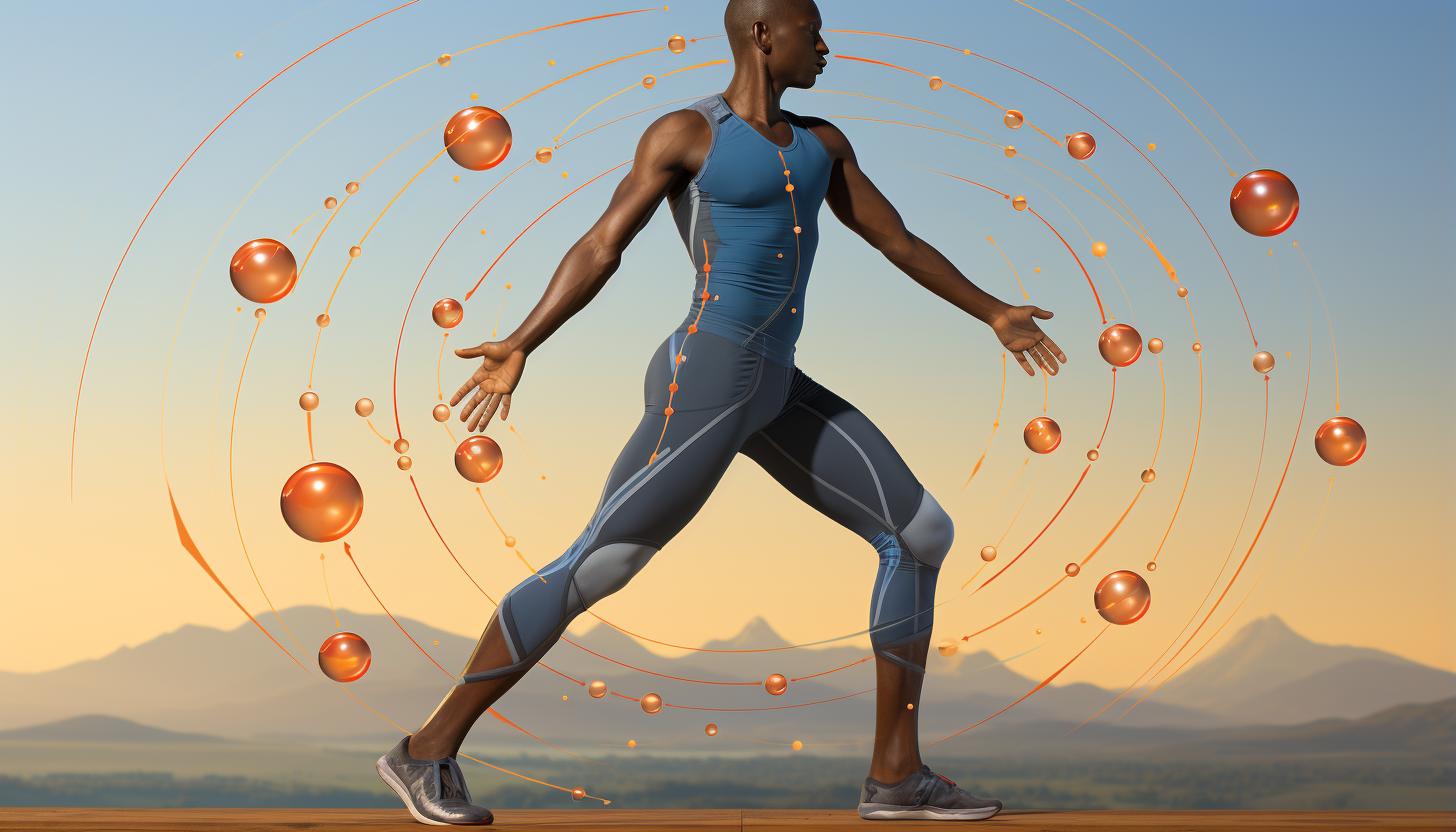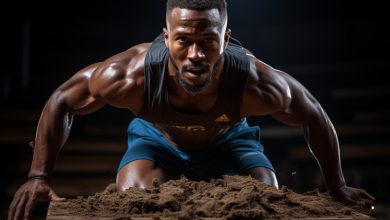The Role of Pilates in Core Strength and Injury Prevention for Runners

Are you tired of running with a weak core, constantly battling injuries that hold you back from reaching your full potential? Look no further than the transformative power of Pilates.
This article dives deep into the role of Pilates in building core strength and preventing injuries for runners like yourself. Discover how incorporating Pilates into your routine can enhance your running performance, target specific muscles, and ultimately revolutionize your approach to fitness.
Get ready to unleash a stronger, injury-resistant version of yourself on the track or trail.
The Importance of Core Strength for Runners

Core strength is crucial for runners because it helps to improve stability and prevent injuries. As a runner, you may already know the importance of cardiovascular endurance and leg strength. However, neglecting your core muscles can hinder your running performance and increase the risk of injury.
One of the benefits of cross training for runners is that it targets different muscle groups, including the core. A strong core provides a solid foundation for efficient movement and reduces excessive strain on other parts of your body. When your core muscles are weak, you may experience poor running form, leading to wasted energy and decreased running efficiency.
Research has shown that there is a direct relationship between core strength and running efficiency. A study published in the Journal of Strength Conditioning Research found that runners who participated in a six-week core training program significantly improved their running economy compared to those who did not engage in any form of core exercises.
By incorporating exercises that specifically target your core muscles into your training routine, such as Pilates, you can enhance your overall strength and stability as a runner. In the following section, we will explore how Pilates can further improve your running performance by focusing on specific elements like flexibility and balance.
Incorporating Pilates into your training regimen is an effective way to strengthen your core muscles while improving flexibility and balance – all essential components for optimal running performance.
How Pilates Can Improve Running Performance

To improve your running performance, you can incorporate Pilates into your training routine. Pilates is a form of exercise that focuses on core strength, flexibility, and stability. It can help runners by targeting the muscles that are crucial for proper running mechanics and injury prevention.
One of the key benefits of Pilates for runners is improved core strength. A strong core stabilizes the body during running, reducing excessive movement and promoting efficient stride mechanics. This can lead to improved speed, endurance, and overall performance.
Additionally, Pilates helps to improve flexibility and mobility, which are essential for preventing common running injuries such as muscle strains or sprains. By incorporating specific Pilates exercises into your training routine, you can target areas like the hips, hamstrings, and calves that tend to become tight in runners.
Some effective Pilates exercises for runners include single-leg circles to strengthen hip muscles, the hundred exercise to engage deep abdominal muscles, and leg pulls front to target the glutes and hamstrings. These exercises not only enhance muscular strength but also promote better body awareness and control.
Preventing Common Running Injuries With Pilates

By incorporating Pilates into your training routine, you can decrease the likelihood of experiencing common injuries while running. Pilates is a form of exercise that focuses on core strength, stability, and flexibility. It helps to improve balance and posture, which are essential for maintaining proper running form and preventing overuse injuries.
Here are some injury prevention techniques that Pilates can offer:
| 1 | Increased Core Strength |
| 2 | Improved Flexibility |
| 3 | Enhanced Body Awareness |
| 4 | Better Posture |
Pilates exercises target the muscles in your abdomen, back, hips, and pelvis – all of which play a crucial role in supporting your body during running. Strengthening these areas can help reduce strain on other parts of your body such as the knees and ankles.
In addition to building core strength, Pilates also focuses on improving flexibility. This is important for runners as tight muscles can lead to imbalances and increase the risk of injury.
Furthermore, Pilates promotes enhanced body awareness by emphasizing proper alignment and breathing techniques. By being more aware of how your body moves during running, you can make adjustments to prevent any potential injuries.
Lastly, practicing Pilates regularly can improve posture both during running and everyday activities. Good posture helps distribute forces evenly throughout the body, reducing stress on specific joints or muscles.
Incorporating Pilates into your training routine not only enhances core strength but also provides valuable injury prevention techniques that can help you stay healthy while enjoying your runs.
Targeting Specific Muscles With Pilates for Runners

When targeting specific muscles with Pilates, focusing on proper alignment and engaging the correct muscles can greatly benefit your running performance. Pilates is a form of exercise that emphasizes core strength, flexibility, and balance. By incorporating specific exercises into your routine, you can improve your overall running ability.
To enhance your flexibility as a runner, Pilates focuses on stretching and lengthening the muscles. Many runners have tight hip flexors and hamstrings, which can hinder their stride length and increase the risk of injury. Through targeted stretches and exercises like leg circles and single-leg stretches, Pilates helps to elongate these muscles, improving flexibility and allowing for a more efficient running gait.
In addition to improving flexibility, Pilates also enhances balance. Balance is essential for runners as it helps to maintain stability during each stride. By incorporating exercises such as standing leg lifts or the tree pose into your routine, you can strengthen the stabilizing muscles in your hips and legs. This will not only improve your balance but also reduce the risk of falls or injuries while running on uneven surfaces.
Integrating Pilates Into Your Running Routine

Incorporating Pilates into your running routine can improve flexibility and balance, enhancing your overall performance. By focusing on specific Pilates exercises for runners’ flexibility, you can target key areas such as the hips, hamstrings, and calves, which are crucial for maintaining proper running form and preventing injuries.
Here is a table highlighting some of the most effective Pilates exercises for runners:
| Exercise | Targeted Muscles | Benefits |
| Single Leg Stretch | Abdominals | Improves core strength |
| Swan Dive | Back muscles | Enhances spinal mobility |
| Standing Leg Circles | Glutes and hip flexors | Increases hip flexibility |
| Roll Up | Hamstrings | Improves hamstring flexibility |
| Footwork on Reformer | Calves | Strengthens lower legs |
By incorporating these exercises into your running routine, you can not only improve your flexibility but also enhance your running form. A stronger core and increased muscle control will help you maintain proper alignment while reducing strain on your joints.
In addition to improving flexibility and balance, Pilates also focuses on breath control, helping runners optimize their breathing patterns during long runs. Controlled breathing aids in oxygen intake and reduces fatigue.
Conclusion
In conclusion, incorporating Pilates into your running routine can be a game-changer. By focusing on core strength and targeting specific muscles, Pilates helps improve running performance and prevents common injuries.
Just like a sturdy foundation supports a towering building, strong core muscles provide the stability and support needed for efficient running. So, don’t underestimate the power of Pilates in enhancing your running experience.
Embrace it as an essential tool in your training arsenal to reach new heights and conquer the roads with confidence.






